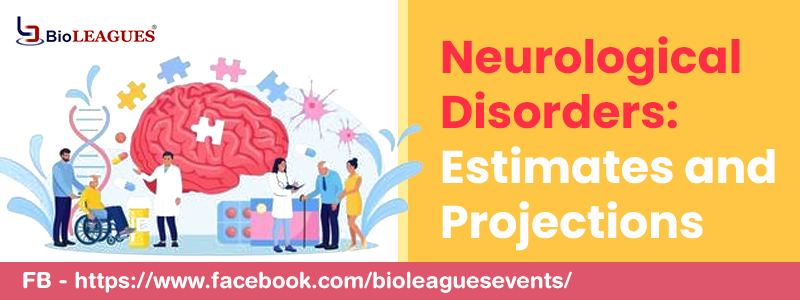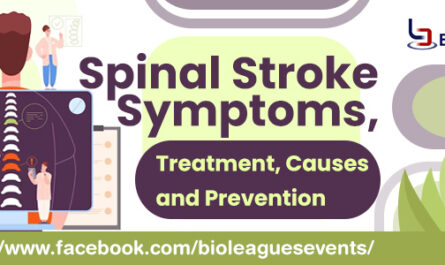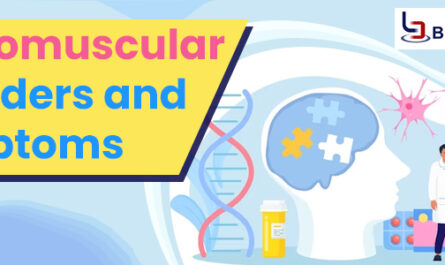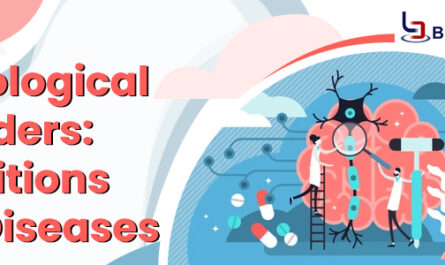Across the globe, in 2016, neurological disorders were the leading cause of Disability Adjusted Life Years (DALYs) – two hundred and seventy-six millions, and the second leading cause of death – nine million.
The only neurological diseases that underwent a reduction in the rates and a sheer number of mortalities and DALYs were meningitis, encephalitis, and tetanus. The four main contributors to neurological DALYs were –
- Strokes (a little over forty percent),
- Migraines (a little over sixteen percent),
- Alzheimer’s and other dementias (a little over ten percent), and
- Meningitis (close to eight percent).
For combined neurological disorders, age-standardized DALY levels were significantly higher in men than women. The male to female ratio being one to twelve, but migraine, Multiple sclerosis, and tension-type headaches were more common and caused more burdens in women, with male to female ratios being less than 0.7
Worldwide, the weight of neurological disorders, as estimated by the total volume of DALYs, proceeds to grow. As populations grow and age and the prevalence of major disabling neurological disorders increases sharply with age, governments will face an increasing demand for treatment, rehabilitation, and support services for neurological disorders. The paucity of modifiable risks established for most of the neurological burden demonstrates that new knowledge is needed to develop effective prevention and treatment strategies.
Education & Training in Neurological Disorders
Medical students should educate themselves about neurological disorders as they are common and can have significant consequences for patients. These disorders represent up to one in eight general medicine consultations, one in five emergency medical hospitalizations, and a large proportion of disability in the population in general. Functional neurological symptoms are remarkably common, accounting for up to one-third of all neurological visits. Neurological Disorders concern not only neurology and neurosurgery, but also anesthetics and intensive care, child health, emergency and trauma medicine, internal medicine, general medicine, psychiatry and rehabilitation.
It is recommended that students have a sufficient understanding of basic neuroscience to support learning and the fundamentals of their diagnosis and management.
It is recommended that newly graduated physician has knowledge and skills to –
- Obtain, interpret and present an accurate history of people with neurological symptoms
- Recognize which symptoms and signs may indicate neurological disorders
- Perform, interpret and present an appropriate neurological examination (including that of the unconscious patient)
- Formulate a differential diagnosis
- Implement appropriate surveillance, observation, and early treatment in emergency situations
- Describe the characteristics and implications (and contraindications) of contemporary inquiries into neurological ailments and the significance of the results
- Elucidate the roles of other medical and paramedical practices within the multidisciplinary team in the management of neurological disorders.
This Neuroscience Conference 2025 is the best event to attend if you wish to know more about this subject.




